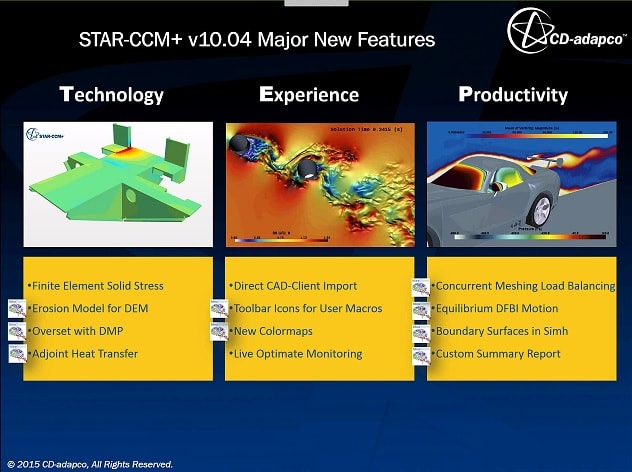ahkrit
Mechanical
- Apr 18, 2021
- 30
Hi!
Based on my previous post ( I would like to have another question regarding this paper:
It says at the contact definitions (3.2. Contact) that between rigid surfaces and hole edges the finite tracking is used, as it allows also for clearances.
But Abaqus documentation says the opposite, that clearance can be used only with Small-sliding.
Could someone help me out in that topic please? How is it meant in this paper?
I also built up the same model, it works fine if there is no gap between hole and the rigid surface. But if i would like to model a standard bolted joint with gap (0,5mm for example) then i get the following errors for the kinematic coupling between Master node(=beam end node = rigid body reference node) and on of the hole node:
The simulation is with 2 steps. 1st step is the pretension, it runs nice, but in 2nd step this warning pops up and does not converge.
How could i solve this issue?
Thanks!
Based on my previous post ( I would like to have another question regarding this paper:
It says at the contact definitions (3.2. Contact) that between rigid surfaces and hole edges the finite tracking is used, as it allows also for clearances.
But Abaqus documentation says the opposite, that clearance can be used only with Small-sliding.
Could someone help me out in that topic please? How is it meant in this paper?
I also built up the same model, it works fine if there is no gap between hole and the rigid surface. But if i would like to model a standard bolted joint with gap (0,5mm for example) then i get the following errors for the kinematic coupling between Master node(=beam end node = rigid body reference node) and on of the hole node:
The simulation is with 2 steps. 1st step is the pretension, it runs nice, but in 2nd step this warning pops up and does not converge.
How could i solve this issue?
Thanks!





![[wink] [wink] [wink]](/data/assets/smilies/wink.gif) ) At later step, deactivate/remove the displacement load and apply small load (10%) and in next step apply full load.[/li]
) At later step, deactivate/remove the displacement load and apply small load (10%) and in next step apply full load.[/li]